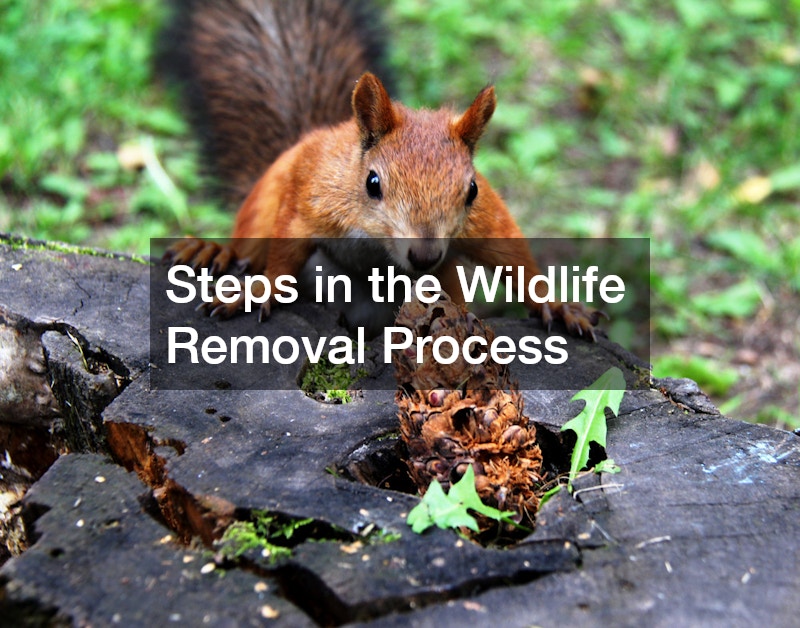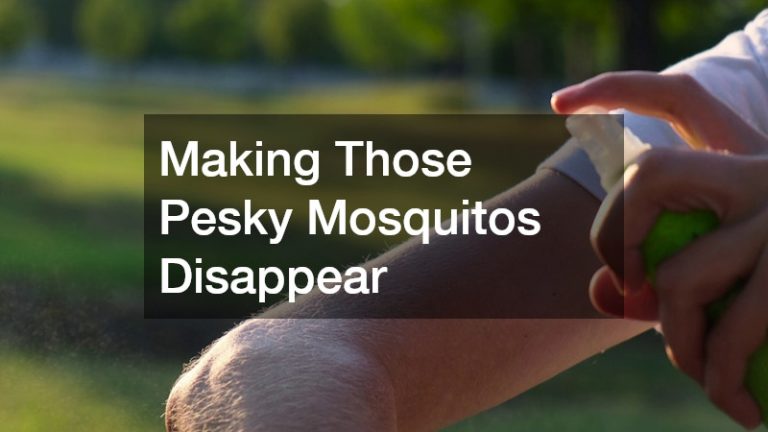

The wildlife removal process begins with a comprehensive inspection to accurately identify the species involved and assess the severity of the situation. This inspection is more than a quick glance; it involves checking common entry points like vents, chimneys, and gaps in the foundation, as well as looking for signs such as droppings, gnaw marks, or nesting materials. By understanding the specific behavior and patterns of the wildlife in question, professionals can formulate a strategic plan that ensures the safe and effective removal of the animals.
This tailored approach is vital, as different species require different handling techniques, and improper removal can lead to further property damage or even harm to the animals.
After the inspection and planning, the actual removal process is carried out using methods that prioritize both the safety and humane treatment of the animals. Depending on the species and local wildlife regulations, this could involve live trapping, exclusion methods to encourage the animals to leave on their own, or safe relocation to a more suitable environment. Once the animals are successfully removed, sealing off entry points and repairing any damage is crucial to prevent re-entry. Additionally, implementing ongoing monitoring and preventive measures can help maintain a wildlife-free environment, ensuring that homes and properties remain protected from future invasions.
.




